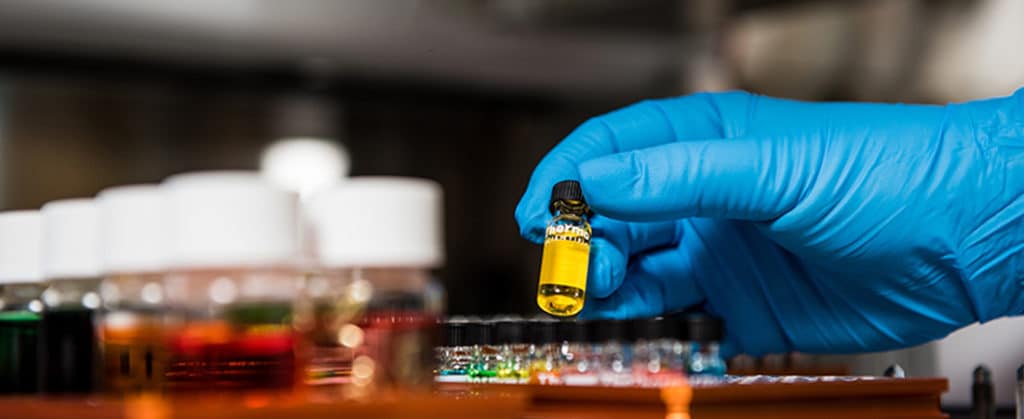The Center for Environmental Biotechnology (CEB) at the University of Tennessee, Knoxville has worked with industry partner BioLargo Engineering to demonstrate the effectiveness of a groundbreaking technology that removes harmful chemicals from drinking water.
Per- and polyfluoroalkyl substances (PFAS) are a class of chemicals historically used in a variety of products, including food packaging, nonstick cookware, stain- and water-repellent fabrics, and more. They can be found everywhere; in groundwater, polar bears, and humans. More importantly, PFAS can have negative impacts on human health and are believed to contribute to low birth weights, some types of cancer, and even affecting the body’s immune response to COVID-19 vaccines.
These dangers and the prevalence of PFAS in the environment have prompted the Environmental Protection Agency (EPA) to act. In February of this year, the EPA introduced measures to begin determining safe levels of contamination and regulating the presence of PFAS in drinking water.
In April 2019, BioLargo Engineering, an Oak Ridge based environmental engineering company, approached CEB for help testing a new technology. The Aqueous Electrostatic Concentrator (AEC) technology developed by BioLargo Engineering was designed to efficiently remove PFAS from water.
“The company had this new technology to concentrate these compounds from groundwater, because they are very dilute and finding a way to destroy them is difficult,” said Frank Loeffler, UT-ORNL governor’s chair for microbiology and civil and environmental engineering and director of CEB. “Their technology concentrates these compounds and then the concentrate can be disposed of properly or the material can be destroyed. In order to demonstrate that this technology works, they needed to measure these compounds.”
This is where the relationship between CEB and BioLargo Engineering developed. CEB was tasked with measuring the prevalence of PFAS in a sample of water both before and after the sample was passed through the AEC.
“We collaborated with the BioLargo team on their proprietary technology for PFAS and were able to provide all the analytical information and data analysis they needed. The collaborative efforts were very successful,” said Cynthia Swift, research associate at CEB responsible for conducting the AEC analysis.
In fact, the AEC technology was so successful, Swift was able to show it was capable of removing 99.9% of PFAS from water with incredible efficiency while generating significantly less waste than the most common PFAS treatment technology, carbon filtration.
Randall Moore, President of BioLargo Engineering commented “This new study confirms the AEC reduces the waste produced to a fraction of the competition – imagine that to treat the same volume of water, while carbon solutions will create a truckload of spent carbon for disposal, our AEC system will create a waste product the size of a brief case.”
Over the course of this collaboration with BioLargo Engineering, CEB expanded its capacity for analyzing PFAS content in water to more complex applications.
“The measurements we did for BioLargo Engineering focused on two compounds. In a real-world environment, you would have to look at dozens, maybe hundreds of these compounds. These are complicated mixtures,” said Loeffler. “You can imagine that the analysis in those circumstances is much more involved when you have many different types of these compounds. UT’s Biological and Small Molecule Mass Spectrometry Core now has the capacity to perform these measurements.”
The core is pursuing federal accreditation for PFAS analysis, which would not only broaden the core’s capabilities to facilitate on-campus research, but also provide support to local and regional industry and contribute to the development of innovation in the state of Tennessee.
